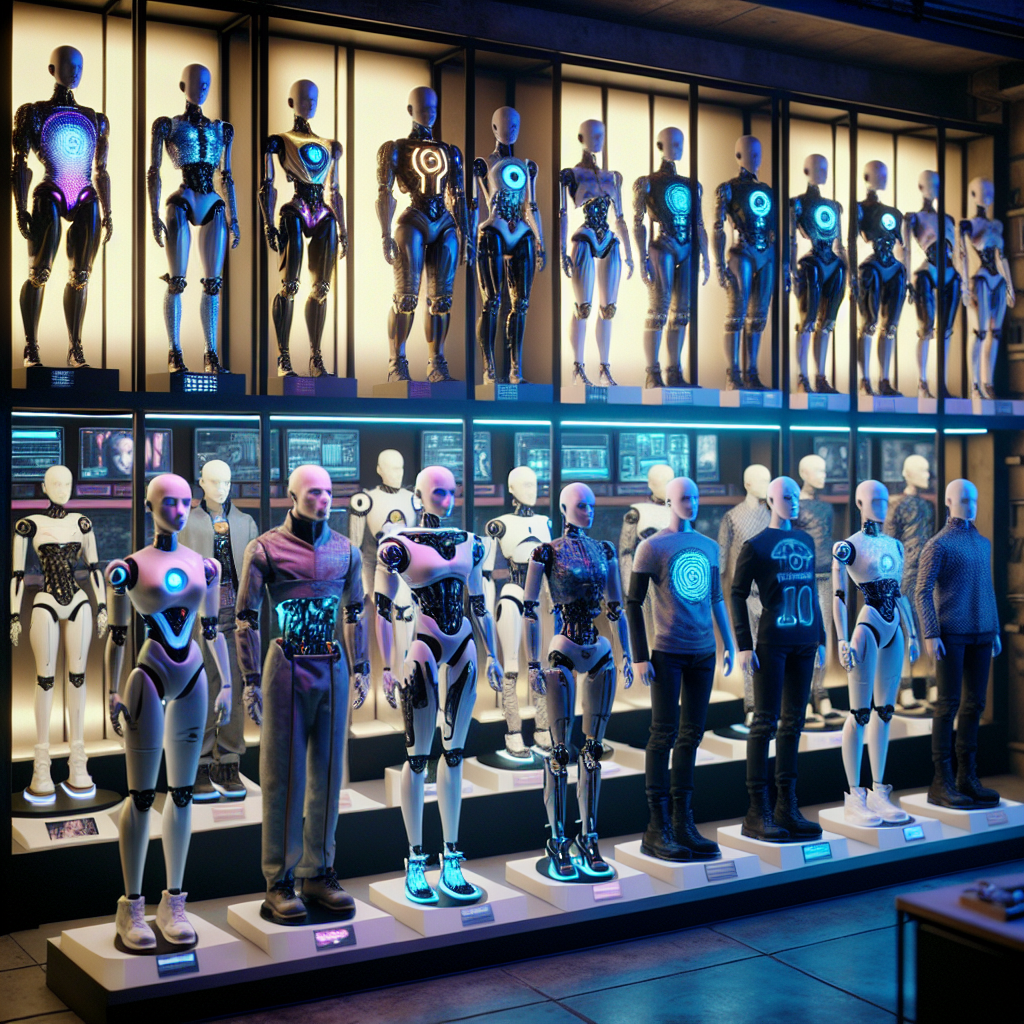ChatGPT AI Action Dolls: Concerns Around the Barbie-Like Viral Social Trend
The digital landscape has witnessed a new trend that is capturing the imagination of children and adults alike: ChatGPT AI action dolls. Combining advanced artificial intelligence with a physical doll, these products are sparking conversations about technology, interaction, and the future of play. However, alongside their popularity, concerns are emerging regarding their implications on childhood development and social interactions.
The Rise of AI Action Dolls
In recent months, the release of ChatGPT AI action dolls has created a buzz across social media platforms. These dolls are designed to engage children in conversation, providing an interactive play experience that goes beyond traditional toys. The allure lies in their ability to respond intelligently, learn from interactions, and adapt to the preferences of their young owners. This innovation has caused many to draw parallels with classic dolls like Barbie, which have historically been tools for imaginative play.
The popularity of these AI action dolls can be attributed to several key factors:
1. Technological Advancement: The rapid progression of artificial intelligence has made it possible to create dolls capable of engaging in meaningful conversations.
2. Customization: Children can interact with the dolls in ways that reflect their personalities, preferences, and interests, enhancing the play experience.
3. Educational Value: These dolls can introduce children to concepts of AI and coding in a playful and engaging way, fostering curiosity and learning.
The Allure of AI Interaction
As AI technology continues to evolve, the concept of interactive toys has become more intriguing. The ChatGPT AI action dolls leverage machine learning algorithms to simulate conversation, making them more compelling than static dolls. Here’s how they enhance the interactive play experience:
– Natural Conversations: The dolls can hold conversations that feel genuine, making interactions more engaging for children.
– Emotional Connection: Children often form attachments to their toys, and having a doll that “understands” them can create a deeper emotional bond.
– Learning Opportunities: Through play, children can learn about communication skills, empathy, and even problem-solving as they navigate conversations with their dolls.
However, while these features make AI action dolls appealing, they also raise critical questions about the influence of such technology on children.
Concerns Surrounding AI Action Dolls
With the rise of AI dolls, a spectrum of concerns has emerged from parents, educators, and child psychologists. The implications of introducing AI into children’s lives at an early age can have both positive and negative outcomes.
1. Dependency on Technology: One of the most significant concerns is the potential for children to become overly reliant on technology for companionship and entertainment. The ability of AI dolls to engage in conversation could lead children to prefer these interactions over human relationships, potentially stunting social development.
2. Misunderstanding of AI: Children may struggle to distinguish between reality and AI interactions. The risk is that they may develop a skewed understanding of relationships, where they believe machines can provide the same emotional support as humans.
3. Privacy Issues: The connectivity of these toys raises concerns regarding data privacy. Questions about how children’s interactions with the dolls are recorded and used must be addressed to ensure safety and security.
4. Emotional Impact: While AI dolls can promote empathy, they could also risk desensitizing children to genuine human emotions. As children learn to converse with a doll, they may struggle to interpret emotional cues in real-life social situations.
Balancing Technology with Traditional Play
To mitigate the concerns surrounding AI action dolls, parents and caregivers need to strike a balance between technology and traditional forms of play. Here are some strategies to ensure children benefit from both worlds:
– Limit Screen Time: Encourage children to engage in other activities that do not involve technology, such as outdoor play, reading, or crafting.
– Encourage Human Interaction: Foster relationships with peers and family members to ensure that children are not solely reliant on AI for companionship.
– Educate About AI: Have conversations with children about technology, helping them understand the role of AI in their lives and the difference between human and machine interactions.
– Set Boundaries: Establish guidelines for how and when children can use AI dolls, ensuring that they do not replace important aspects of childhood development.
The Future of Play with AI Dolls
As we navigate this new era of play, it is essential to consider how AI dolls can coexist with traditional toys while addressing the concerns that arise. The future of play may well involve a combination of interactive AI and classic toys, fostering imaginative scenarios while also educating children about technology’s role in society.
AI dolls can serve as a bridge between the digital and physical worlds, encouraging children to engage with technology in a way that complements their development. However, it will be crucial for parents, educators, and manufacturers to work together to create guidelines and standards that prioritize children’s well-being.
In conclusion, the rise of ChatGPT AI action dolls is a fascinating phenomenon that reflects the intersection of technology and play. While they offer innovative opportunities for learning and engagement, it is imperative to remain vigilant about their impact on children’s development. Striking a balance between technology and traditional play will be essential for the well-rounded growth of the next generation.



